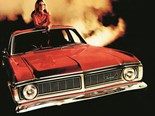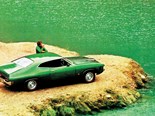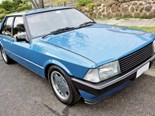Ford Falcon History - XD, XE, XF Series, 1979-1988





|

|
Here's part 4 of our Falcon history - XD through to XF series. Historian, motoring author and avowed car tragic Dr John Wright unwraps the history of the Falcon, while workshop guru and ace road-tester Dave Morley give us a drive impression.
Within Ford Australia during the months leading up to the launch of the XD ‘Blackwood’ Falcon anxiety prevailed. A clever marketing campaign, ‘We’ve got your new car on ice’, was aimed at persuading prospective Commodore buyers to wait; gradually the ice melted to reveal the elegant XD in March 1979. Beneath its lovely new bodywork, the XD was still pretty much a carryover XC. Though smaller and a little lighter than its predecessor, the XD was still bigger and heavier than the new-size Commodore.
There were some technical breakthroughs, notably the plastic fuel tank and bumpers built in Ford Australia’s new plastics plant. The Fairmont Ghia variant (replacing the XC-only Fairmont GXL) boasted plush crushed velour, a limited slip differential, 14-inch alloys, four-wheel disc brakes and air-conditioning. It pretty well matched Holden’s formidably specified Commodore SL/E.

During 1979 Ford’s engineers and marketing people worked in rare harmony. It was established that a carefully specified four-speed manual 3.3-litre XD used no more – or perhaps slightly less – fuel than a Commodore. The new argument essentially was: if the more spacious car uses no more fuel, why not buy it? Then came the updated XD in the winter of 1980 with Honda-sourced alloy cylinder head and electronic ignition. Although the real gains were modest, the rhetoric of ‘Alloy Head Falcon’ was formidable and the presentation of the engine bay was first-class. Falcon was on its way to sales supremacy.
In 1982 the XE facelift brought the Watts Link rear suspension and a Weber carburettor to go with the alloy head.
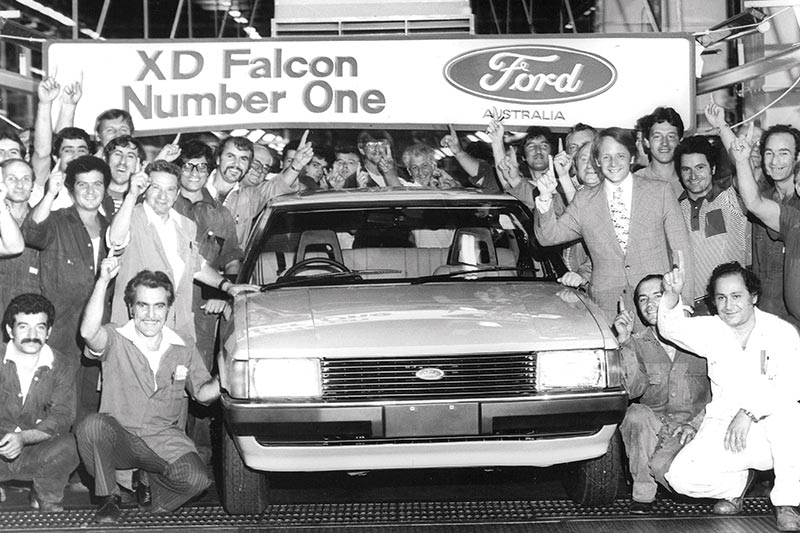
As a driver’s car the five-speed XE was much better than the XD with the tall gearing masking the engine’s inherent dislike of rpm much beyond 4000: in 1982 this felt like a redefinition of the Falcon.
The designers were gradually preparing their customers for softer styling (read: EA) and the XE’s nose was the first step. The XF extended this theme.
The Fairmont Ghia ESP was the sportiest variant with 15-inch alloy wheels shod with 225/60 performance tyres, Bilstein dampers, lower ride height, driving lights and more. It outdrove the Commodore in a demanding back to back comparison, although the injected six could not keep pace with the 4.2-litre V8 in the lighter Holden.
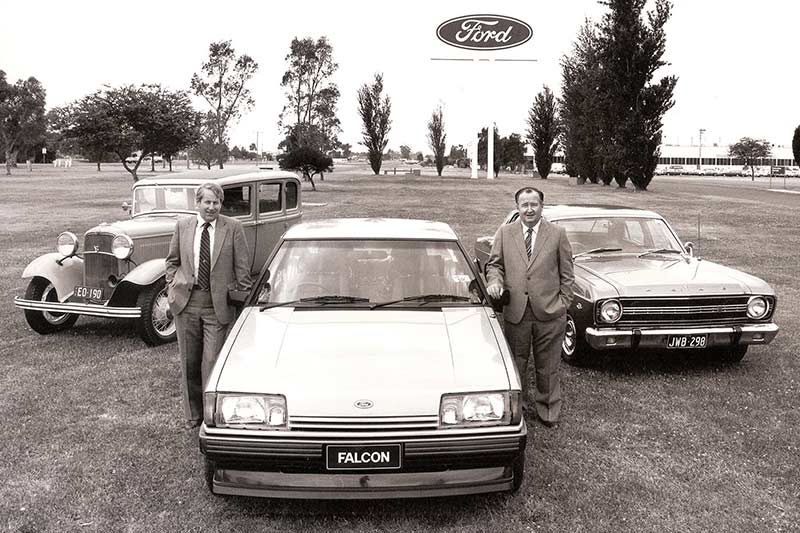
October 1984 brought the second facelift on the XE. Ford Australia’s relationship with Mazda asserted itself in the XF in the fingertip switches and awkward digital instrumentation on Ghia, Fairlane and LTD. Late in 1986 four-wheel disc brakes and power steering were made standard on all Falcons. And a five-speed manual was belatedly offered with the injected engine, but by this time the car was outdated.
The body shape survived in the XG and XH commercials. In March 1993 the XG replaced the XF, featuring an EB-style nosecone with the SOHC engine. Five-speed manuals and a four-speed automatic were offered. The Longreach model name was a winner. In April 1996 the XH was introduced with EF frontal styling. Extensive improvements throughout were not enough to stop it feeling dreadfully old-fashioned.

THIS IS where the Falcon turned the corner…literally. A much better front end was part of the XD’s make-up and even though it still ran to leaf springs in the rear, it was a better matched car and much keener on changing direction. Yes, there was still some body roll and the steering lacked a bit of feel, but this was immediately identifiable as a newer design. Tighter overall, too.
John Wright
DRIVING THEM
This is when the mainstream sixcylinder engines started to get a bit smarter, too, and the alloy head that Ford eventually developed, combined with the twin-choke Weber carby on some versions really did make a difference. They could still be pretty thirsty, but at least now there was a bit of sparkle in the way they worked. Relatively speaking, that is, because if you really wanted to drive a Falcon, you still went for the V8 option.
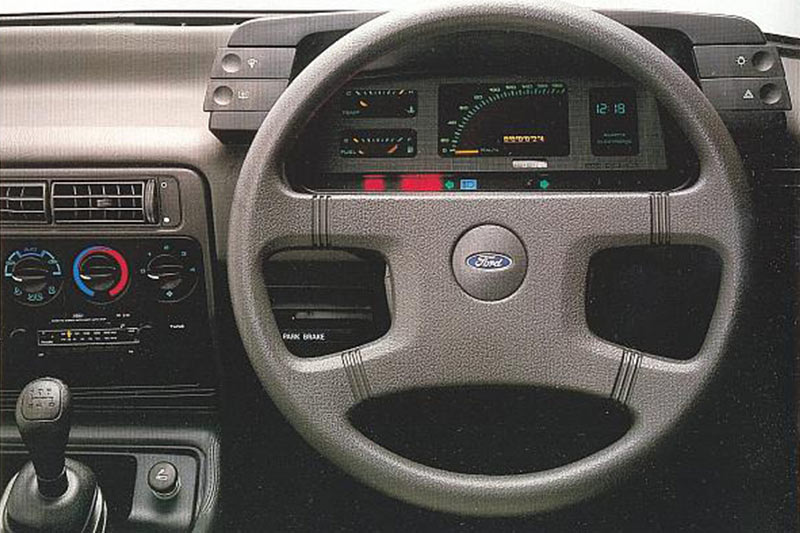
The XE made even bigger dynamic steps with its coil-sprung rear end which was even better than it sounded. With an extra link (a Watts link, no less) it outgunned the Commodore for rear-axle control and overnight became the best riding Falcon to date. Find an XE with a V8, manual gearbox and that ESP option pack and you were on to a good thing.
The real problem was that by the time the XF rolled around, the design was getting pretty long in the tooth. The XF suffered for that, too, and while its interior was new, it wasn’t actually as cosy as the XE’s. And with no V8 option, the XF soon became the poor relation. Even now, to drive it is to understand that the party was pretty much over for this platform. Without powersteering it was a barge to point and the performance was adequate for the time and that was all.
Dave Morley
Unique Cars magazine Value Guides
Sell your car for free right here
Get your monthly fix of news, reviews and stories on the greatest cars and minds in the automotive world.
Subscribe

.jpg)











